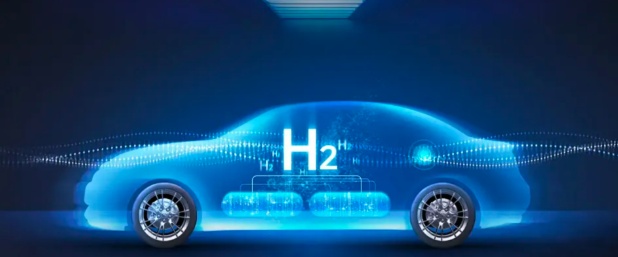Policy Incentives Continue to Drive Methanol-Hydrogen Vehicles into the New Energy Sector
Recently, the National Development and Reform Commission and the Ministry of Industry and Information Technology jointly issued the "Guiding Opinions on Accelerating the Development of the Methanol-Hydrogen Vehicle Industry," making clear that methanol-hydrogen vehicles will be included in the subsidy scope for new energy vehicle promotion and application. The goal is to achieve a demonstration operation of over a thousand vehicles by 2025 and scaled promotion by 2030. With the continuous release of policy benefits, the methanol-hydrogen vehicle industry chain is rapidly emerging, becoming a new growth pole in the field of new energy vehicles following pure electric and hybrid models.
According to data from the China Association of Automobile Manufacturers, in the first half of this year, the national production of methanol hydrogen vehicles reached 12,000 units, a year-on-year increase of 350%. Among them, commercial vehicles accounted for over 80%, primarily used in urban logistics, short-distance passenger transport, and other scenarios. In terms of the industry chain, Anhui, Shaanxi, and other regions have built more than 200 methanol refueling stations. Companies such as Weichai Power and Yutong Bus have matured methanol hydrogen engine technologies, with energy consumption costs per 100 kilometers reduced by 40% compared to diesel vehicles. Industry insiders expect that with breakthroughs in core technologies and improvements in infrastructure, methanol hydrogen vehicles are likely to achieve large-scale replacement in the commercial vehicle sector first, with the market size expected to exceed 5 billion yuan by 2025.
According to Electric Vehicle Resources, long-range methanol-hydrogen electric vehicle models have been included in the category of new energy vehicles. Multiple methanol-hydrogen electric commercial vehicles have entered the "Catalogue of Energy-saving and New Energy Vehicle Models Eligible for Vehicle and Vessel Tax Reduction or Exemption" (64th batch) and the "Catalogue of New Energy Vehicle Models Eligible for Vehicle Purchase Tax Exemption" (8th batch). The products cover heavy trucks, light trucks, and buses, and the long-range methanol-hydrogen electric technology route has received national recognition.

【Copyright and Disclaimer】The above information is collected and organized by PlastMatch. The copyright belongs to the original author. This article is reprinted for the purpose of providing more information, and it does not imply that PlastMatch endorses the views expressed in the article or guarantees its accuracy. If there are any errors in the source attribution or if your legitimate rights have been infringed, please contact us, and we will promptly correct or remove the content. If other media, websites, or individuals use the aforementioned content, they must clearly indicate the original source and origin of the work and assume legal responsibility on their own.
Most Popular
-

List Released! Mexico Announces 50% Tariff On 1,371 China Product Categories
-

EU Changes ELV Regulation Again: Recycled Plastic Content Dispute and Exclusion of Bio-Based Plastics
-

Mexico officially imposes tariffs on 1,400 chinese products, with rates up to 50%
-

Clariant Unveils Cost-Cutting Plan Details, Plans to Shut Down Multiple Plants
-

Nissan Cuts Production of New Leaf EV in Half Due to Battery Shortage






